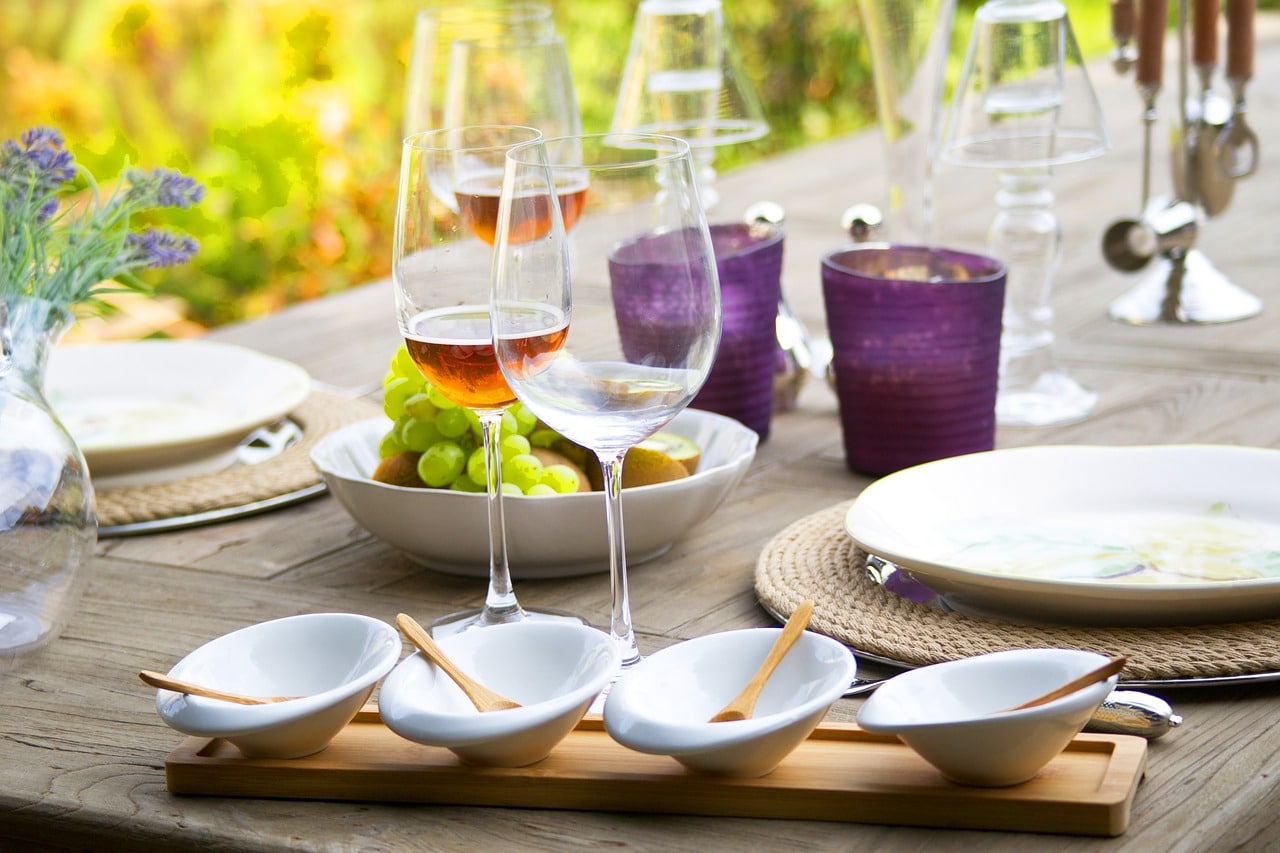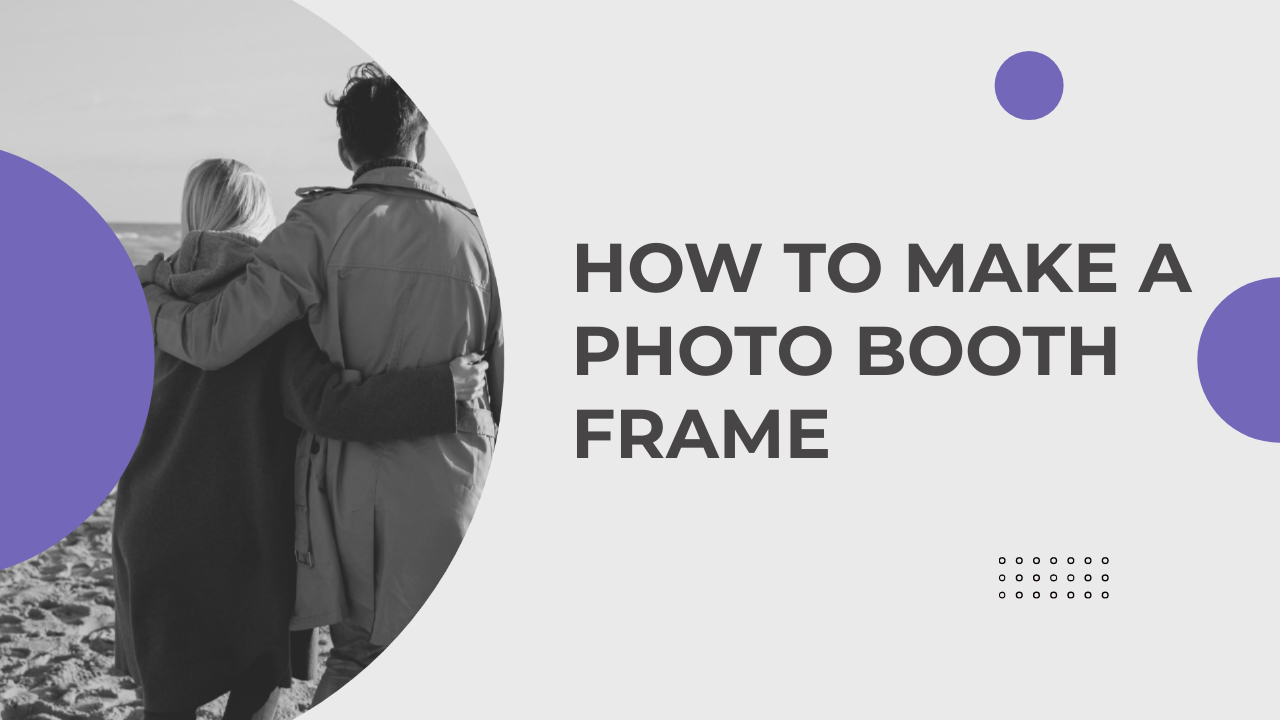The Best 17 Kitchen Photography Tips
It’s not enough to set up a tripod, adjust your camera, and press the shutter release button to take professional kitchen photographs. The post below contains helpful hints for each stage of your shoot to highlight the best aspects of a kitchen while hiding its flaws.
1. Consider Staging
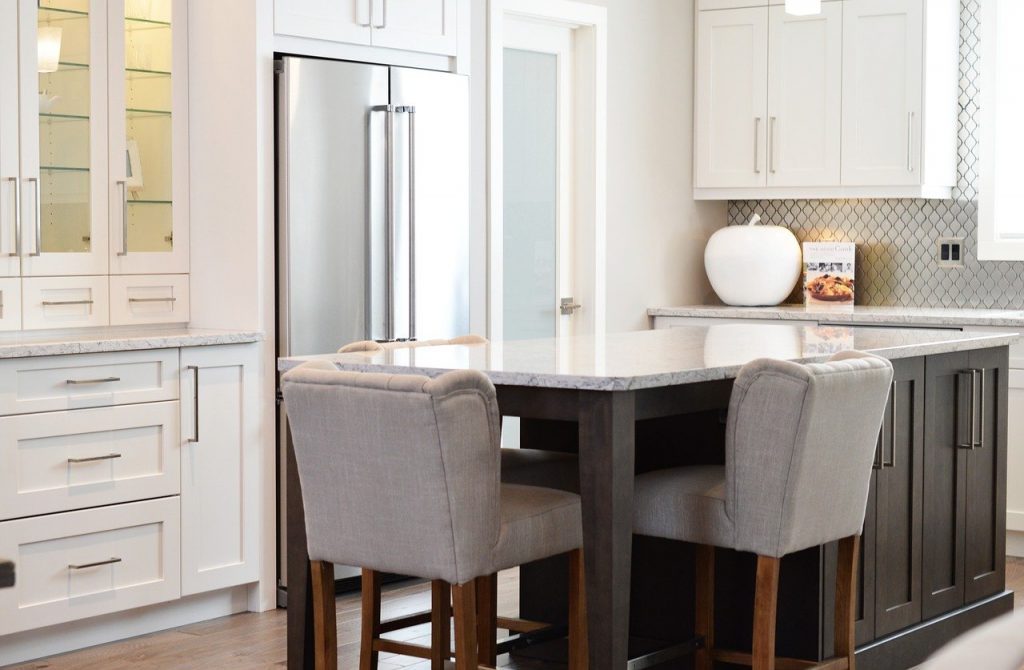
You might believe that staging isn’t about kitchen photography. In fact, you should stage the space to create a cosy atmosphere that makes viewers feel at ease.
Simply place a bowl of fruit or a cutting board with sliced bread on the tabletop. Experiment with different interior photography ideas, such as using fresh flowers to brighten and colorize a room, adding different thematic props, and so on. However, don’t go overboard with the staging. Your job is to add a few items to make the kitchen look appealing to customers, not to distract them with unnecessary items.
2. Remember about Leading Lines
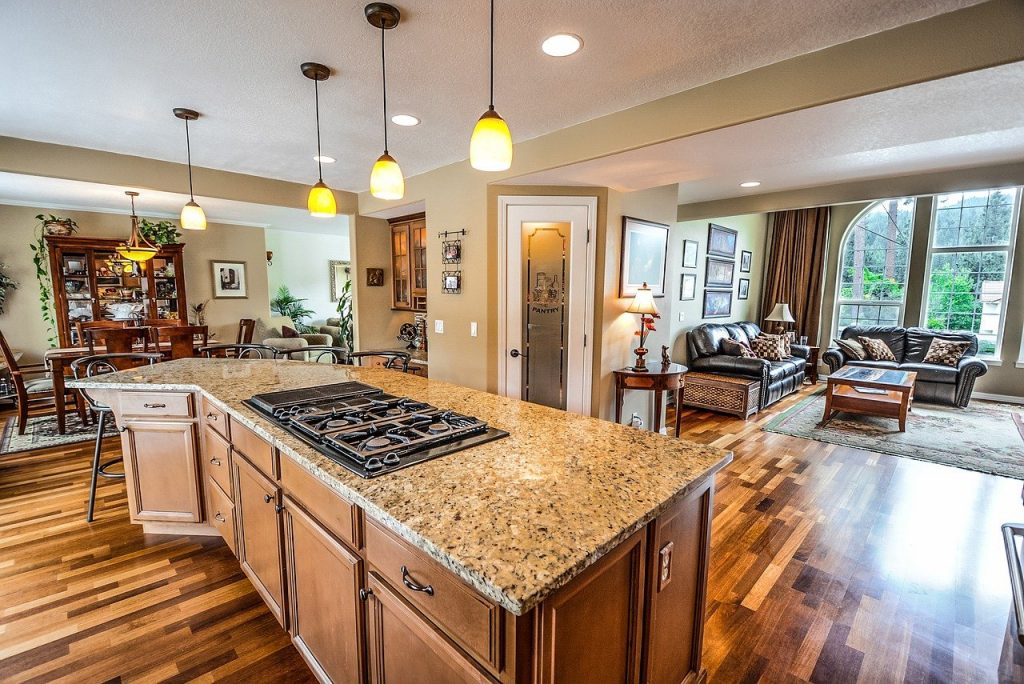
Refresh your knowledge of how to use leading lines to create an appropriate composition. To better understand the concept, look at the vertical lines in the kitchen or bathroom photos.
Keep in mind that tilting your camera up or down will result in slanted foreground/background lines, giving the impression of a room collapsing. Of course, you can use Photoshop’s Skew tool to correct such a flaw. However, keep in mind that it is easier to take a shot that requires only minor adjustments.
3. Find Your Angles
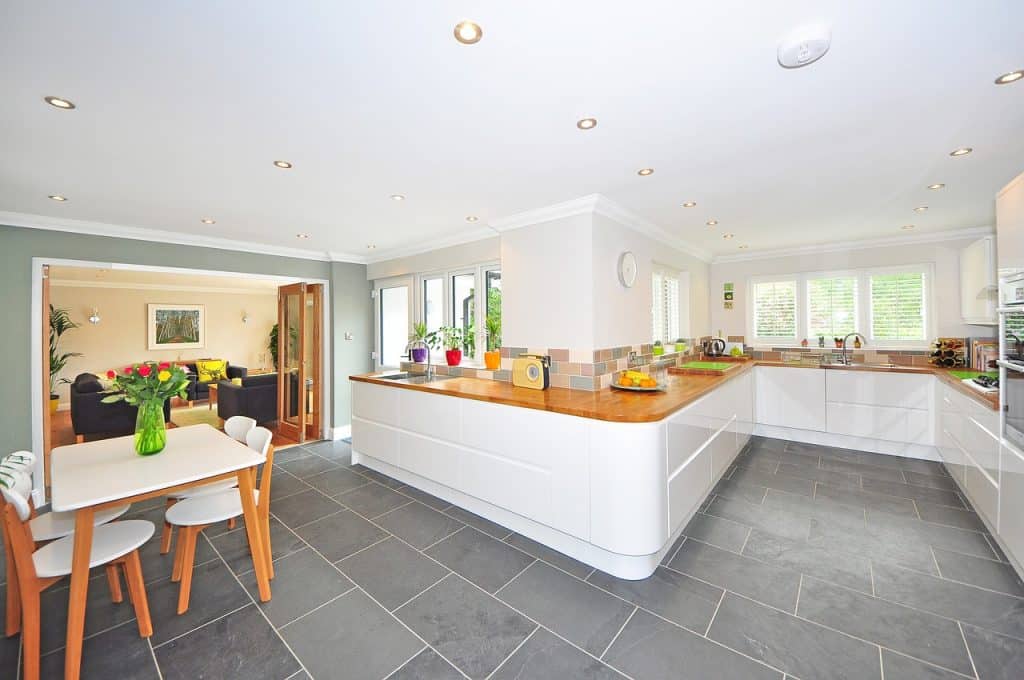
Kitchen photography necessitates shooting from a variety of perspectives. Buyers want to see a room from all angles, so keep that in mind. Make an effort to compose a frame with a camera that is as straight as possible. You can avoid a tilting effect this way.
Always keep in mind the proper photography composition. Tilt the camera up or down to avoid off-balanced lines in the frame. You need a straight horizontal photograph covering a room, no matter how many shots you have taken or from what angles. As a result, viewers can get a better sense of the overall picture and evaluate the space.
4. Make Sure Everything Is Clean in the Frame
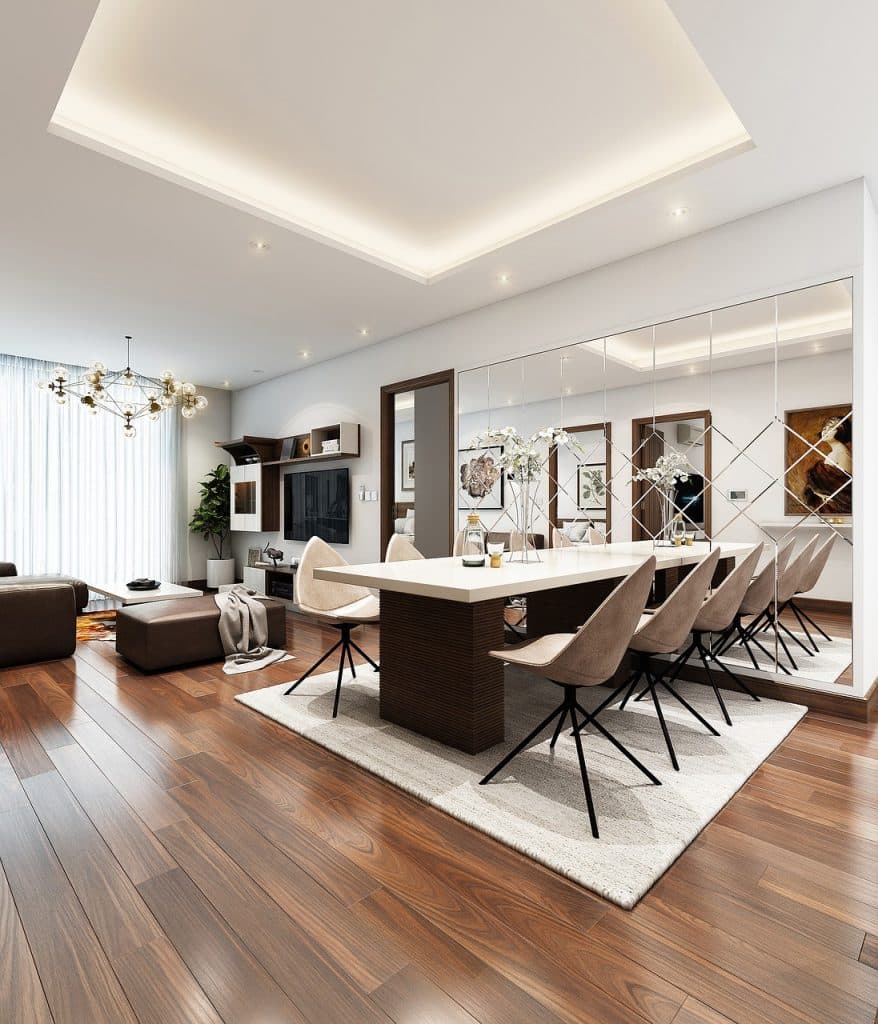
Kitchen photography necessitates shooting from a variety of perspectives. Buyers want to see a room from all angles, so keep that in mind. Make an effort to compose a frame with a camera that is as straight as possible. You can avoid a tilting effect this way.
Always keep in mind the proper photography composition. Tilt the camera up or down to avoid off-balanced lines in the frame. You need a straight horizontal photograph covering a room, no matter how many shots you have taken or from what angles. As a result, viewers can get a better sense of the overall picture and evaluate the space.
5. Edit Your Photos
Even experienced professionals make mistakes, and it is nearly impossible to achieve a perfect interior photography result in a single stroke. In most cases, you’ll need to adjust the white balance, lighting, and shadows to get a picture that captures the atmosphere of a kitchen.
This procedure may appear to be tedious and time-consuming. As a result, you can delegate it to our professionals. We are a photo editing team that has been in business for over 17 years, so we know what we’re doing. Our retouchers have enhanced thousands of real estate images, consistently producing realistic results. Natural surface textures, proper lighting settings, and clear tones are all present in photographs.
6. Choose the Correct Time of the Day
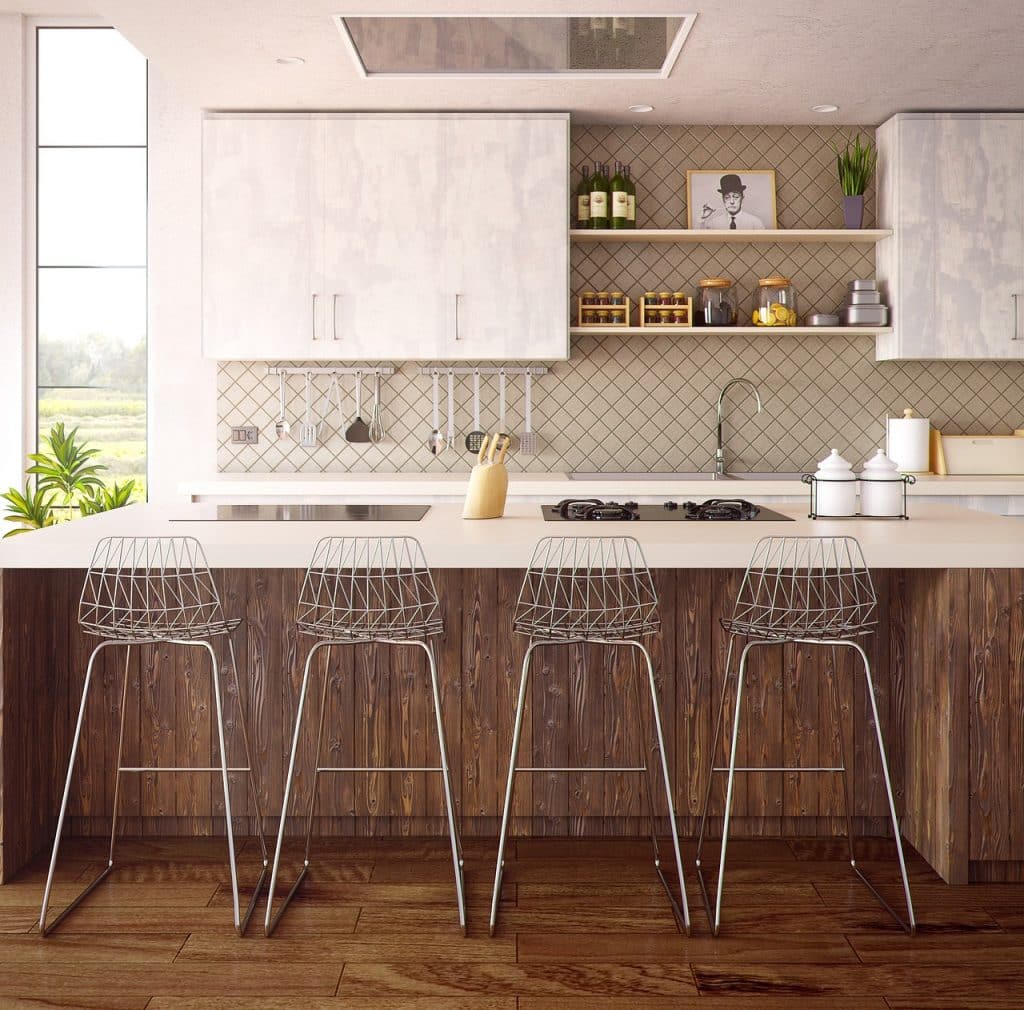
It’s best to take kitchen photos during the day, if possible. It has not been resumed to photograph at night. Try to do it between the hours of 10 a.m. and 3 p.m.
Of course, if possible, avoid working on a rainy day. Wait for a sunny day. If you have a lot of natural light, you will get better photos.
7. Maximize Natural Light
As previously stated, high-quality photos of a kitchen require a lot of natural light. As a result, you should pull the curtains apart and raise the window blinds.
To achieve the desired effect, don’t forget to use overhead lights in conjunction with natural lighting. However, regardless of how many light fixtures are in the kitchen, natural lighting is the most effective in our case.
8. Use Proper Lighting Equipment
Experiment with different types of lighting. You can take a few shots with natural lighting and a few with a combination of natural and artificial lighting. HDR real estate photography samples can look quite impressive at times. When the cabinet lighting is combined with the lights above the range or cooktop, I like the look.
You should also use a balloon to provide a brighter light in the room. It’s best to put it on the left side, facing the ceiling, near the camera. Images will appear softer as a result of this technique.
Place a lightstick on the floor in front of the table. Take shots with and without it to determine which variant is superior.
9. Bracket Your Exposures to Overcome Difficult Lighting
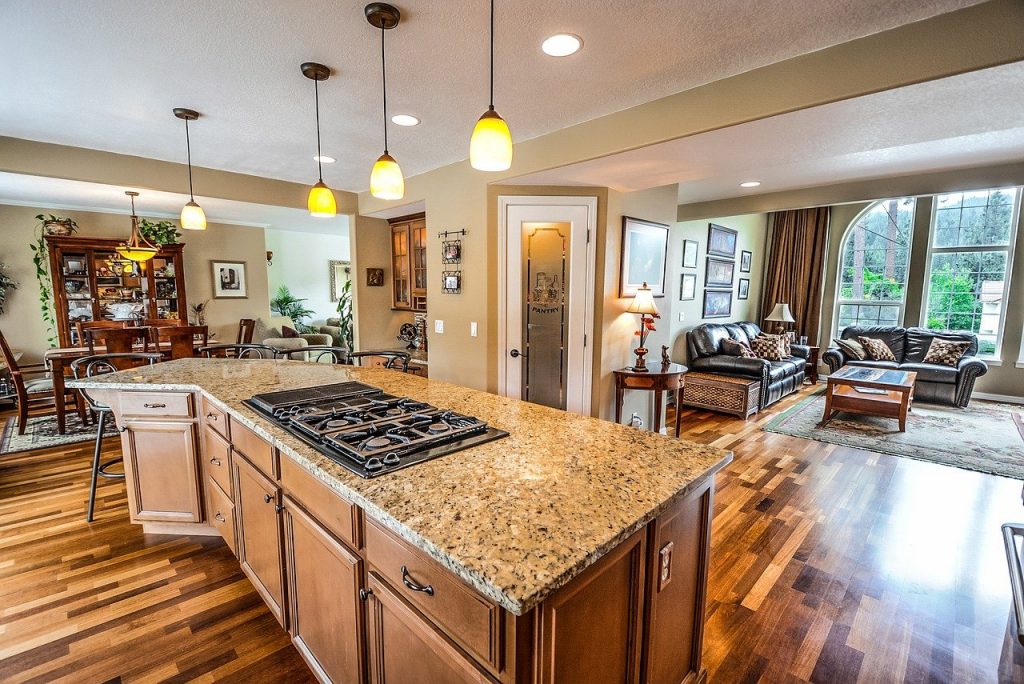
Keep in mind that even kitchens with large windows can be very dark. The point is that a very wide dynamic range makes windows appear too bright while the rest of the space appears too dark. To solve this issue, bracket the exposures and blend them together. As a result, you will receive a single professionally exposed image.
You can carry out this operation with your camera’s Auto Exposure Bracketing (AEB) feature. Take several shots with varying exposure levels. Furthermore, you can practice HDR photography without having to set up lighting equipment in the kitchen.
Furthermore, bracketing photography is a low-cost method of obtaining high-quality shots without the need for additional artificial lighting equipment.
10. Choose a Camera Mode
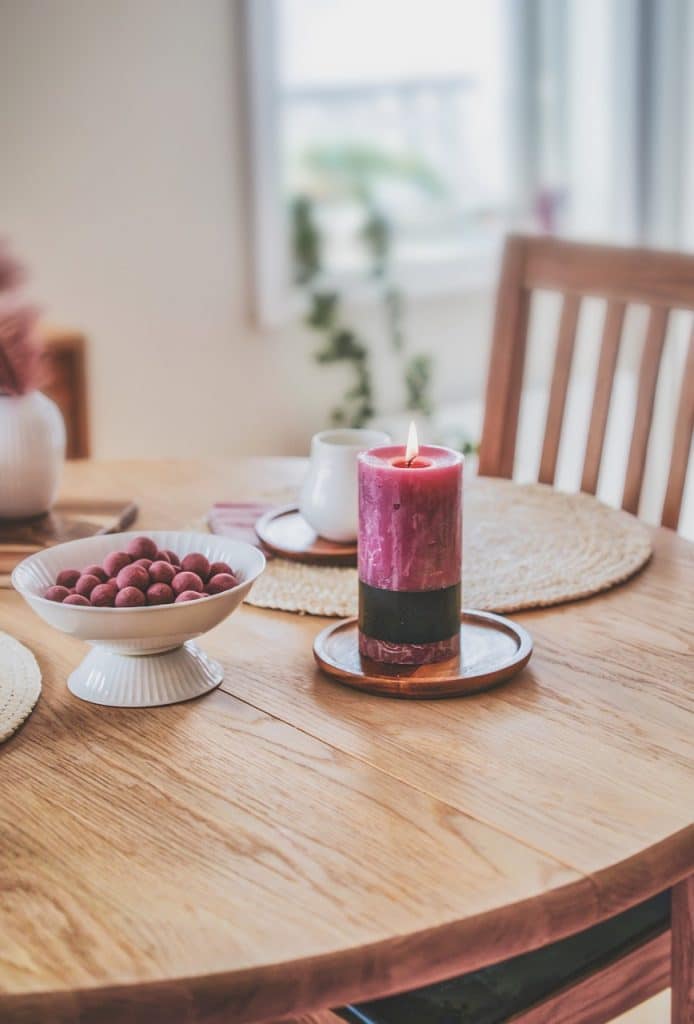
Aperture priority mode is sometimes used by photographers to capture images of kitchens. It produces excellent results because you have complete control over the aperture and ISO. The camera, in turn, determines a shutter speed that provides additional exposure control.
In general, this mode is useful for photographers because it eliminates the need for the photographer to control all three settings. The best part about using aperture priority mode is that you can set the aperture to get super-sharp photos.
Of course, don’t overlook the manual camera mode. Manual mode allows you to fine-tune all of your camera’s settings to get great shots.
11. Adjust ISO
One of the most important settings for kitchen photography is ISO. You’re bound to get amazing results if you know how to adjust it. ISO is especially important when photographing at night. This is how it works.
If you notice that there is insufficient brightness, increase the ISO. Set it to 200, then 400, and so on until you achieve the desired effect. Avoid using ISO settings that are too high in order to avoid producing noise.
12. Use the Correct Aperture
When photographing a kitchen, the aperture and depth of field should be set to F/4 or F/2.8. If you need to widen the aperture, use a smaller f-number. Keep in mind that the aperture has a direct impact on the depth of field. Small f-numbers, for example, minimize depth of field while large f-numbers maximize it.
Use a smaller f-number to blur the background if you want viewers to focus on a specific detail, such as a tea set or cooking device on the countertop.
13. Balance the Shutter Speed
Remember that a shutter speed of less than 1/50 second is not recommended for photography. This value should be close to 1/60. A photographer will usually start by adjusting the aperture and ISO. Only then does he or she set the shutter speed based on the exposure.
14. Choose the Right Lens
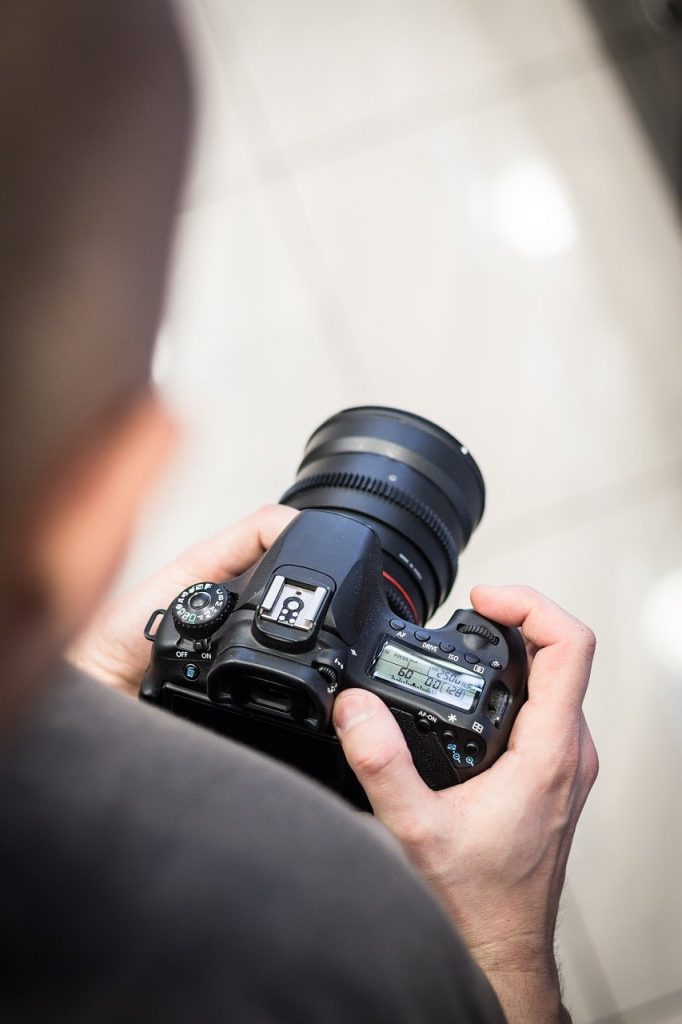
If you believe that you can’t do without wide-angle lenses when it comes to kitchen photography, you’re completely wrong. Wide-angle lenses can cause frame distortion. Furthermore, objects close to the camera appear larger than they are, while far-away objects appear tiny. As a result, a standard lens is better suited for such applications. Take a step back to gather the information you require.
For real estate photography, it is best to use a high-quality universal lens. Start taking pictures with it attached to a 35mm digital camera and a bubble level.
15. Use a Tripod to Avoid Shaking
A tripod is one of the most important pieces of real estate photography equipment. To avoid blurriness, I recommend using a basic camera mount tripod and a remote shutter release. You can get truly sharp images with a tripod for real estate photography. Even if you have super-stable hands like a surgeon, there’s no reason to take the chance and end up with blurry photos.
16. View the Result on a Big Screen
Connect your camera to a laptop via USB if possible and go through your photos. Examine the clarity and specifics. This way, you can retake photos if any of them are ruined. Furthermore, zoom in and double-check each shot before moving on to the next angle.
17. Choose the Right Props
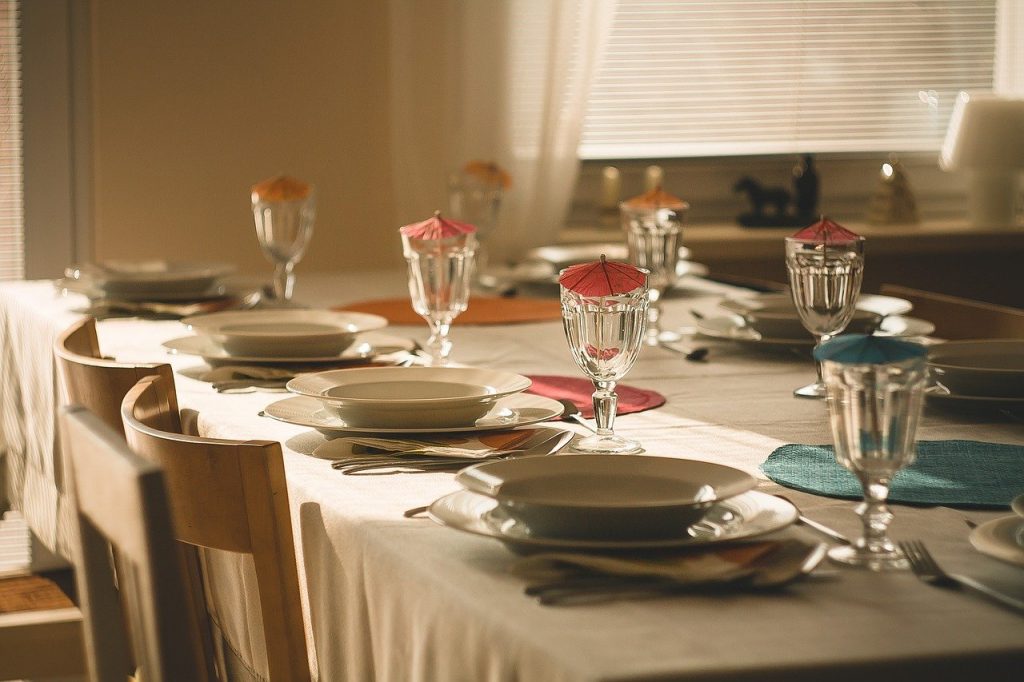
It would be ideal to obtain props in a single color. They should also be simple. Pay attention to the frame’s materials and textures. Don’t overlook the architecture. You can create a welcoming and cozy atmosphere in the kitchen by using props.
But don’t go overboard with them. You take pictures of the kitchen, not the props. What I mean is that white tulips are more visually appealing than a bouquet of mixed flowers.
Also, pay attention to the details that make the space look complete, such as DIYs, a coffee collection, teacup storage, and so on. Props should connect different parts of a composition. Viewers should move their gaze around the kitchen photograph, noticing similar colors, shapes, and materials in various items.
Note: If you want to make some adjustments to the photo just let me know. I can do it for you at a very low cost. You can hire me to edit your photo.
LATEST POST
- Best AI tools for Facebook AdsIf you’re seeking to improve your Facebook advertising strategies, Birch or Revealbot, AdEspresso by Hootsuite, and Zalster are exceptional AI tools that enhance efficiency and maximize ad performance.
- Photo Editing MistakesExcessive editing, Oversaturating colors, Blurred images, Too much HDR and Overdoing filters and effects are some of the top photo editing mistakes to avoid for crafting stunning pictures.
- Best AI tools for lead generationExplore Customers.ai, Instantly, Seamless.AI, and LeadIQ are some of the best AI tools for lead generation as they provide you with client’s details for closing deals. Uncover its key features, affordable pricing, and customer reviews.
- Benefits of Digital Business CardsWhat is a digital business card? Discover the benefits of digital business cards and how to create digital business cards suitable to your professional image and networking efforts.
- Best web design companies in TrivandrumRainx LLP, Oregon Technologies, Redwet Solutions, and Globify Digital Solutions are among the best web designing company in Trivandrum, specializing in website development.

